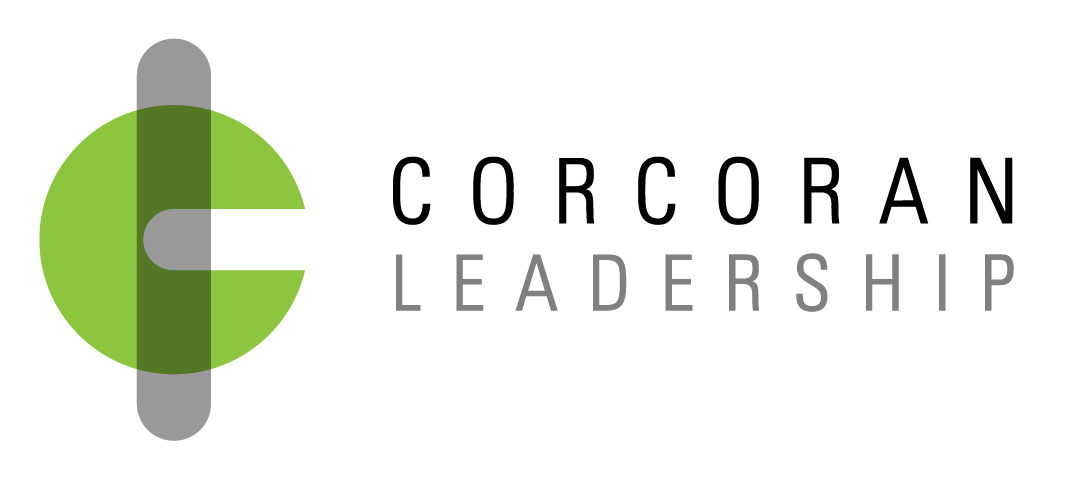You’ve been hearing murmurs about one of your direct reports and you’ve seen some things that concern you. Perhaps peers are complaining that this person doesn’t care about anything except their own agenda. Or perhaps this person is failing to communicate with clarity and confidence. Or perhaps this person just hasn’t been able to figure out how to get things done in your organization.
All of these examples come down to someone who is struggling with the interpersonal aspects of leadership: among the most difficult and yet crucial things to address.
How do you help this person turn things around so that everyone is working together and at their best for a common good?
How do you address the problem skillfully, especially when you believe this person is so strong in so many other ways?
This article offers some guidance based on more than 15 years of executive coaching and leadership development.
Why It’s a Tall Order to Deliver Certain Feedback
In the ideal world, as this person’s boss, you would provide feedback as soon as you became aware of the issue. After all, if someone doesn’t know there’s a problem, he or she can’t fix it. And the longer a problematic pattern of relating to others goes unaddressed, the more effort and time it takes to reverse course—for everyone involved.
But even with good feedback skills and training under their belt, most leaders struggle with providing timely feedback when what isn’t working has to do with patterns of relating to others. There are a variety of reasons for this:

Executives are focused on other priorities and juggling a lot
They may not be witnessing much of the problem behavior directly. Interpersonal issues don’t usually draw attention until people are complaining … and by then, the behaviors and attitudes can be deeply entrenched, making change more difficult than if addressed early.

People issues are always complex, difficult to diagnose + solve
It’s much easier to see and address competency related problems such as when someone misses a deadline, makes a high profile mistake or fails to deliver on measurable goals.
Many executives attempt to wait until they have a complete picture and solution in mind, but this wastes precious time. Time that could have been used to change the behavior before every bridge was burnt or faith in the leader lost.

Having a direct and honest conversation about someone’s interpersonal skills is a supremely difficult conversation
It’s very personal. Receiving feedback is an emotional process; one that may cause feelings of embarrassment, shame and anger. Out of a drive to preserve the relationship and motivation, many leaders will put off having a feedback conversation and hope the person will figure out the problem on their own.
But in all cases, the sooner an effective feedback conversation takes place, the better it will be for everyone. If you find yourself avoiding a feedback conversation that you know needs to happen, realize that this is a very common problem. It may be time to bring in an executive coach to help.
Shared Feedback Model
S | Establish a Shared Intent
Create safety in the conversation by establishing a mutual or shared goal for giving the feedback.
“I care a lot about your success here.”
H | Provide context of what Happened
When/where did this happen? Who was involved?
“When Kate was sharing her perspectives on the strategy in the meeting today …”
A | Describe specific Actions
Recount the specific behavior that was witnessed with directness and openness.
“You jumped in, talked over her, and re-iterated your point of view.”
R | Explain Results
How did the actions affect others, goals, you?
“We didn’t get a chance to hear Kate’s thoughts and she felt disrespected.”
E | Engage in dialogue
What is the perspective of the person who is receiving the feedback?
“How do you see this?”
D | Discuss ideas for improvement or desired outcomes
What is expected and what are ideas for improvement?
“What ideas do you have to address this? I can commit to letting you know in the moment the next time this happens. What’s our plan going forward?”
Model | NextStep Partners
Executive Jedi Move: Notice/Acknowledge/Take Action
Whenever you get a sense that something isn’t going well in relationships—either in your own career or with one of your direct reports, the most important thing you can do is to pay attention. Take notice of the behavior and/or the complaints.
Writing out a short script based on the SHARED feedback model can help prepare you for the conversation. You will be setting up the person for the chance of success as soon as you acknowledge there’s a problem rather than months later when interpersonal patterns are entrenched.
If you are reluctant to address the issue directly and keep putting off a conversation, it’s important to acknowledge that. It may be time to bring in a seasoned coach to help get things on the table skillfully. Offering direct, honest feedback is the bread and butter of what I do every day.
Want to stay in the leadership loop?
I often share my most exciting leadership ideas, books and other resources that I use every day or that I discover in my work. If you’d like to get them delivered right into your email inbox, sign up by clicking the button below.
Is it time we talk?
If you or someone on your team is struggling with interpersonal aspects of leadership, I can help! Here are a few places to start:
And if you’d like to take the old school route, just give me a call at 415.991.5177. Looking forward to hearing from you.



